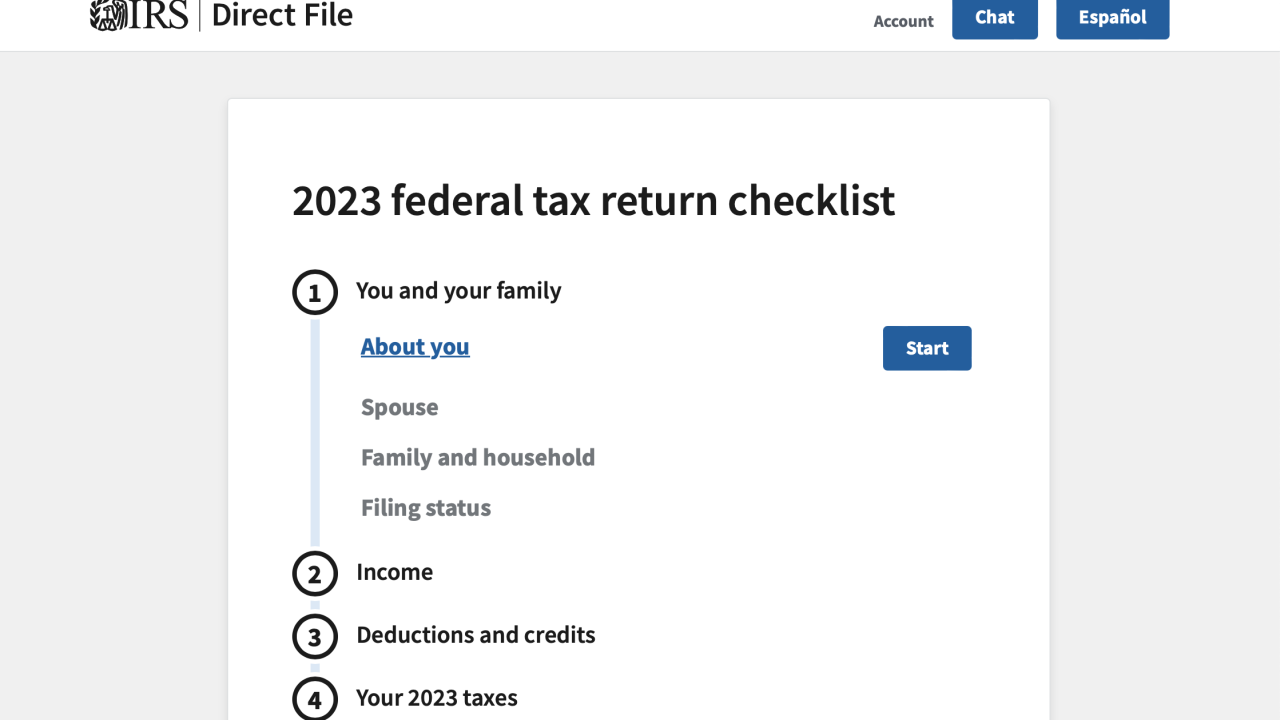We all know the macroeconomic outlook oscillates between faster periods of growth and slower periods, or between growth and contraction. For this reason, economies are often described as pendulums swinging back and forth in some kind of endless but steady and predictable pattern. People like to think of economies in this way to make them feel more predictable and easy to understand.
But the truth is, economies are often chaotic and surprising, more like a Newton's Cradle. Earlier this year, the economy didn't just glide in the other direction, but rather shot back with high energy — inflation spiking, growth stalled, and plans rewritten.
And so here we are.
So what should companies be doing? What kinds of conversations are CFOs and CEOs having in every company across America right now?
Recalibrate priorities
Your priorities will be different depending on what stage a company is in. If a company is still a very early-stage company, they will likely need to prioritize R&D, sales and marketing. If they are a more established enterprise, then their accounting department may need to perform an in-depth review of the spend across the company.
It's critical to define the goals, from cash runway to revenue targets to customer acquisition costs, and the metrics to evaluate if the goals are being met. The CFO should establish the KPIs and targets for the updated priorities and do this hand in hand with the CEO.
One
This means the plan for your company and other companies will be different depending on your market, geography or industry. But CEOs and CFOs in any industry can follow the general framework outlined by the venture capital firm Andreessen Horowitz in their
Gain visibility
This is critically important right now. For too many companies, even if they want to cut costs, they aren't sure where they can do so. Sure, it may be easy to make the obvious choices such as cutting media spend, or in more extreme cases, choosing layoffs. But without visibility into where a company's unnecessary costs are coming from, those cost-cutting measures won't be strategic. Even worse, without that visibility, the business is likely to repeat the same mistakes heading into the next downturn. Management teams need to remember that spending can't be recovered. Once the money is spent, it's gone. It's important that the accounting team has tools to understand and manage the company's expenses.
Get detailed
Once the CEO and CFO have sat down and now agree on the nature of the steps needed and the adjusted priorities of the company, the next step is to formulate a detailed budget. This means determining not just where to cut, but how much. Additionally, the budget should be graduated, meaning it should have milestones both for renewed growth or additional economic slowdowns and have additional plans in place for when those milestones are hit.
It's important for all teams within the organization to be aligned with the finance and accounting team on the go-forward plan. This will most likely mean tough conversations and frequent meetings to continuously review and monitor the results.
Be preemptive
One of the most important steps to avoid the problems mentioned above is preparing ahead of time. One thing we discuss on our finance and accounting team is that these economic shifts shouldn't be thought of as one-time events or unique situations. They should be viewed as expected milestones that every business will need to pass at some point.
With that mindset, it's much easier to take the necessary preemptive steps to build spend visibility into the company from the foundations on up. That will put them in a position to be ready for an economic slowdown, but it will also prepare the business to be more effective and nimble when growth picks back up.
Everyone knows the famous expression: "This too shall pass." It's supposed to serve as a reminder that in our world, nothing is permanent, nothing lasts forever. We all know that the business landscape is dynamic. Change is the only thing that is certain. So, all of the insights we've discussed above can really be summed up as preparations for those inevitable changes.
Yes, it's true that they can be of critical importance during downturns when cost-cutting measures and higher efficiency may make the difference in the survival of the business. But similarly, wasteful spending during high-growth periods can be just as much of a wasted opportunity. It can make the difference between a stagnating business and one that is reaching new levels of success.
Ultimately, it's the same mindset and the same techniques and tools that will enable a business to be lean and efficient or a dynamic growth engine. It's just a matter of when.





